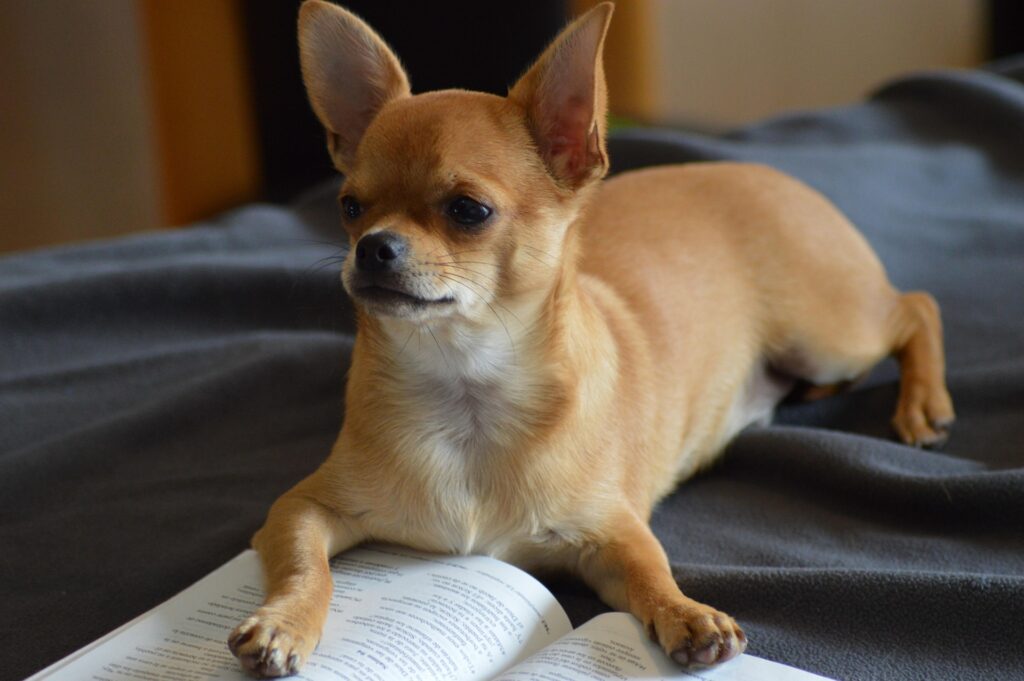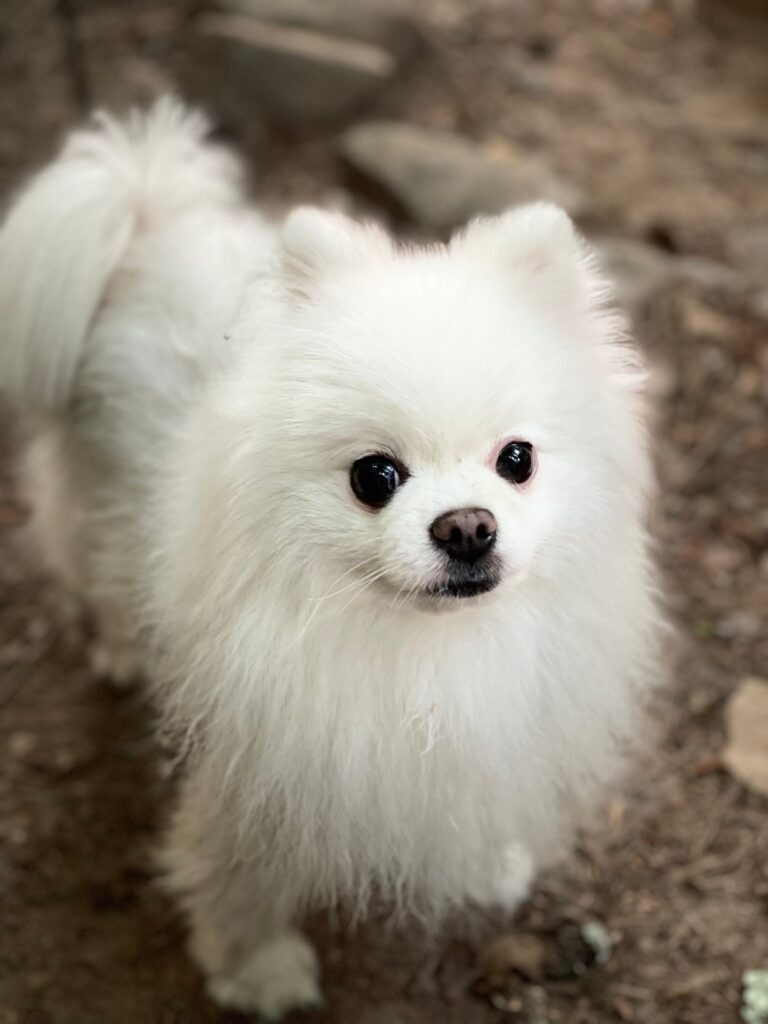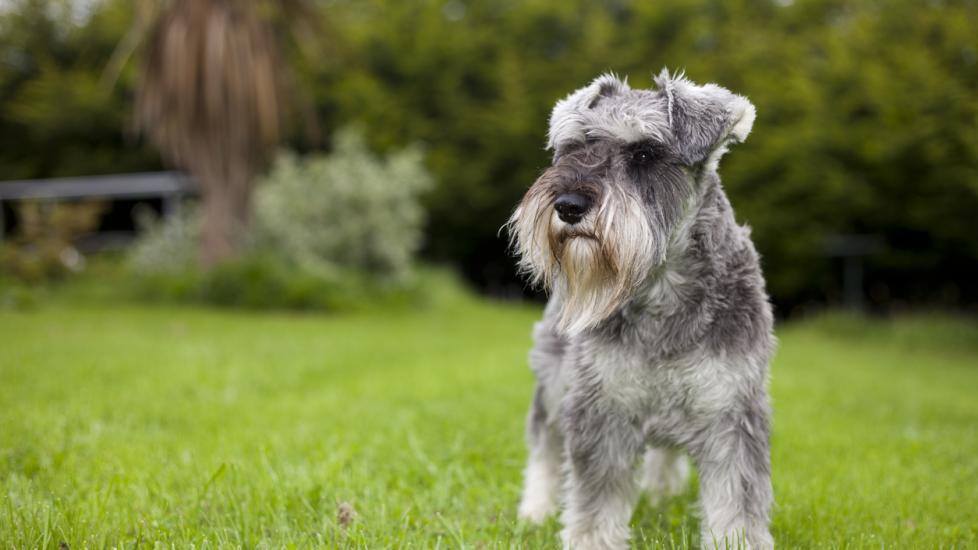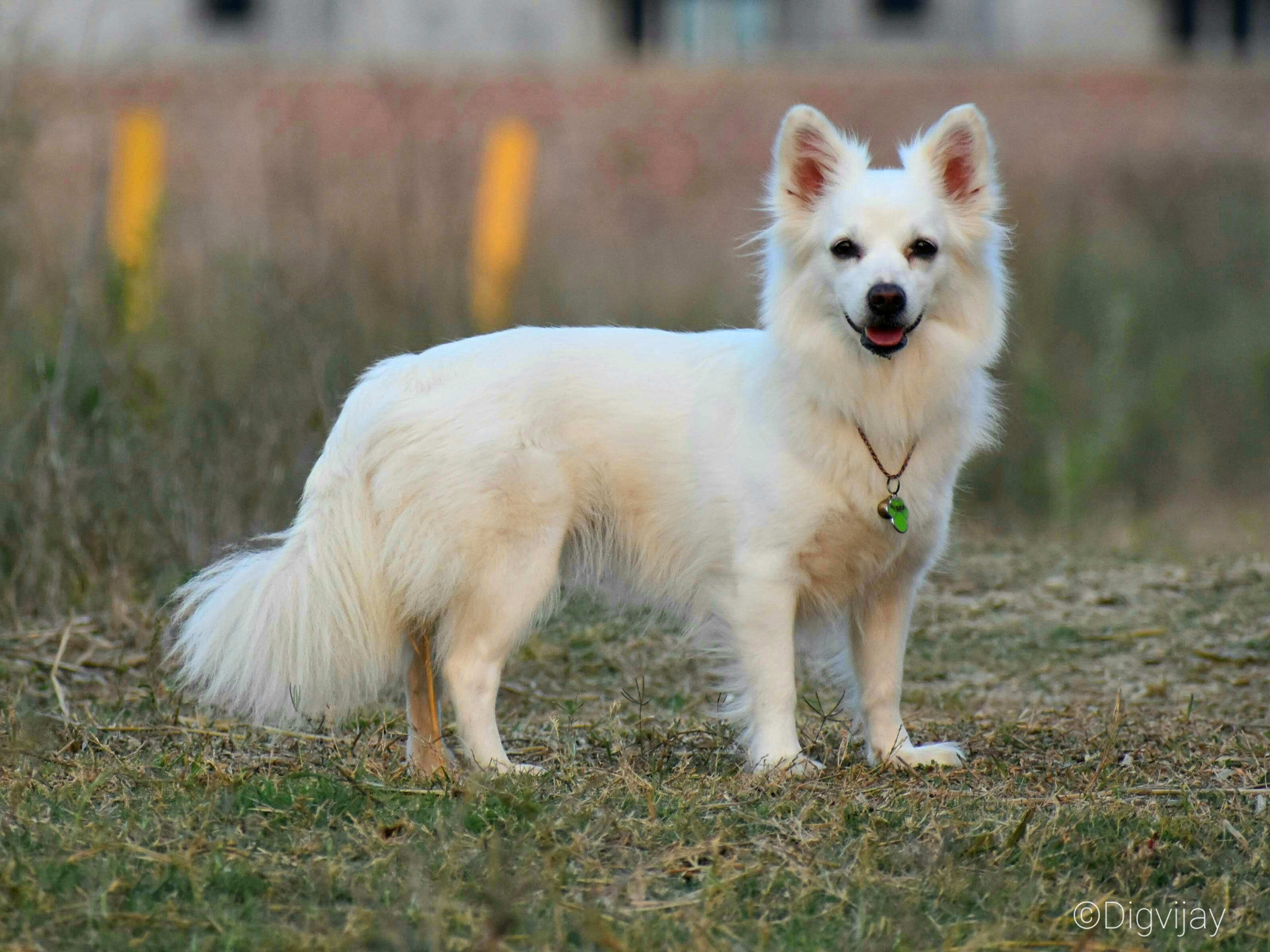How to Train a Dog ?
Training a dog requires consistency, patience, and positive reinforcement. Here’s a simple step-by-step guide to help you train your dog effectively, whether it’s a puppy or an adult dog:
1. Start with the Basics
Pick a few simple commands to begin with. The most common ones are:
- Sit
- Stay
- Come
- Down
- Leave it
- Heel (walk beside you)
2. Use Positive Reinforcement
Reward your dog with:
- Treats
- Praise (e.g., “Good boy!”)
- Toys or playtime
Rewards must be immediate (within 1-2 seconds) after the correct behavior.
3. Short, Frequent Sessions
- 5–10 minutes, 2–3 times a day
- Avoid overloading your dog, especially puppies
🐾 4. Be Consistent
- Use the same word and hand signal every time
- Everyone in the household should use the same cues
5. Step-by-Step Training Examples
🐶 Sit
- Hold a treat near your dog’s nose.
- Move it slowly over their head—this usually makes them sit.
- Say “Sit” as they lower into the position.
- Reward immediately.
🐶 Stay
- Ask your dog to sit.
- Hold your hand up like a stop sign and say “Stay.”
- Step back a little. If they stay, reward.
- Gradually increase distance and time.
🐶 Come
- Use a long leash in a quiet area.
- Say “Come” enthusiastically while kneeling or clapping.
- Reward when they reach you.
🐶 Down
- Ask your dog to sit.
- Move a treat from their nose to the floor.
- When they lie down, say “Down” and reward.
6. Practice in Different Environments
Train in quiet areas first, then add distractions gradually (parks, other dogs, etc.).
7. Avoid Common Mistakes
- Don’t yell or punish for not obeying
- Don’t repeat commands multiple times
- Don’t train when your dog is tired or full of energy
8. Be Patient & End Positively
- Always end sessions on a successful note, even a small one
- Give your dog a break and show affection
Barking Dogs
Here are the list of Top Barking Dogs :-
- Beagle
- Chihuahua
- Pomeranian
- Miniature Schnauzer
- Indian Spitz
Beagle

Reason for Barking: Beagles are scent hounds and vocal communicators. Barking and baying are noises they make, especially when bored or when they sense something interesting.
Best Treats:
High-smelling meat treats (chicken jerky, liver bits)
Puzzle treat toys to keep them mentally engaged
Training bits for frequent reinforcement during obedience training
Chihuahua

Reason of Barking: Chihuahuas are highly aware; they commonly bark at unfamiliar faces or curious sounds. Barking is also their way of drawing attention to themselves.
Best Treats:
Tiny soft treats/small training treats (due to small mouth size)
Low-calorie chewy bites (chicken or salmon- based)
Pomeranian

Why They Bark: Small but spirited, Poms bark to alert, express excitement, or deal with separation anxiety.
Best Treats:
- Freeze-dried meats (duck, turkey, etc.)
- Mini bone-shaped biscuits
- Healthy grain-free bites with sweet potato or pumpkin
Miniature Schnauzer

Reasons for Barking: Active barkers-they tend to bark at strangers, noises and even other pets. They make fantastic watchdogs.
Top Treats:
Crunchy biscuits for chewing satisfaction
Meaty chews like lamb lung or bully sticks
Training treats with strong smell to hold their attention
Indian Spitz

Barking is in their nature: The Indian Spitz breeds are some of the most alert and curious types of dogs, and they bark at anything that is out of the ordinary; people, animals, noises…you name it!
Treats the dogs love:
Home-made treats, like boiled chicken or bits of paneer
Small strips of jerky that can easily be broken for training
Vegetable-based treats with some carrots or peas for a light snack
